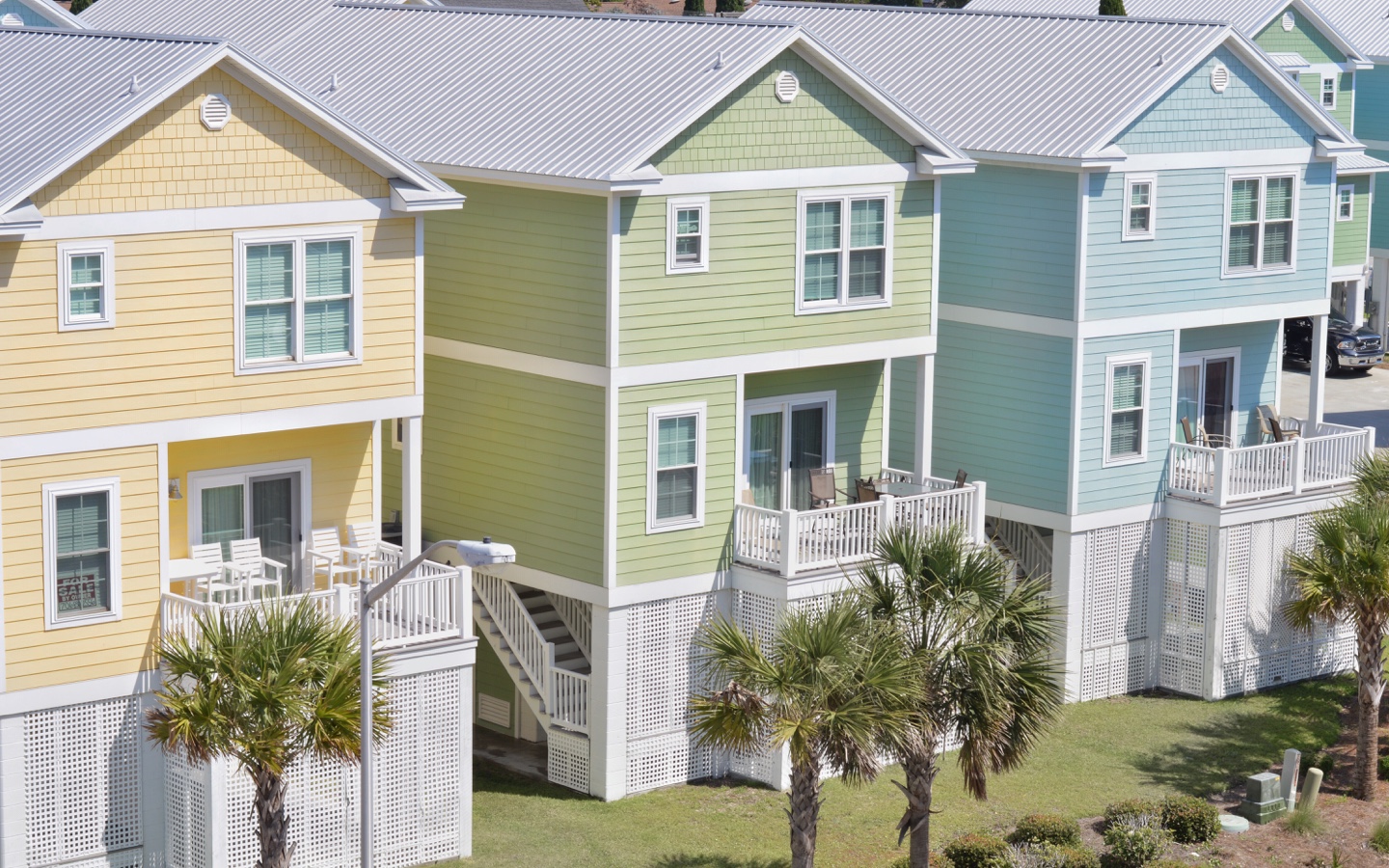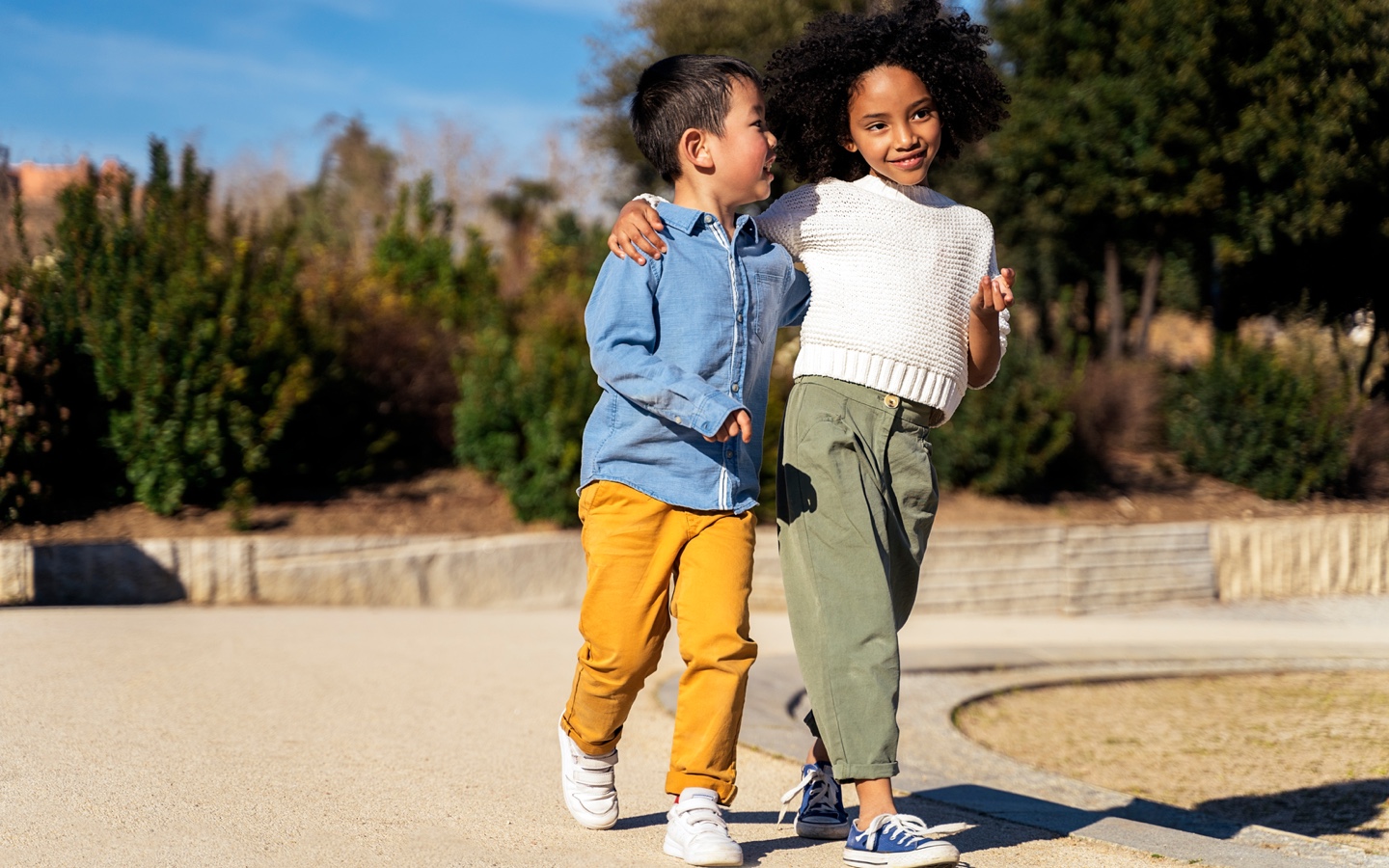Tight-knit cohousing communities have created a support network that’s empowered families to weather the storm during the pandemic.
When the Covid-19 shutdowns started happening, there was this weird sense of surrealness. Is this actually happening? Are schools really shutting down? Is that business ever going to reopen?
Amid the panic-buying and economic fallout, families and communities collectively jumped on the struggle bus. For many, this struggle continues — we are still very much in it.
But for those living in cohousing communities across the U.S., the story looks quite different.
Here’s how this unique form of community coped during 2020, and the lessons we can learn from them.
Quarantine Is Not Without Its Drawbacks
In the wake of the shutdowns, there are two stark realities:
- This virus is a serious threat.
- There are very real consequences of shutdowns.
Psychologists and mental health professionals are reporting record levels of cases. My own therapist is booked at least three months out, from her typical schedule of a few days. An influx in anxiety and depression has experts fearing a sudden spike in suicides and untreated mental illness.
On top of all of that, mothers are being forced to drop out of the workforce at an unprecedented rate. In the U.K., 75 percent of mothers have had to reduce their hours or quit their jobs completely due to lack of childcare and schools being closed.
Domestic violence reports and child abuse are suspected to dramatically increase, too. An already fragile system has been overwhelmed with new domestic violence cases, while child abuse cases have dropped sharply by 51 percent amid an absence of group activities.
It’s a challenging situation, wherein families and individuals remain vulnerable. In the wake of all of that, cohousing offers a glimpse into the promise of greater stability and support.

What Is Cohousing?
Cohousing is the practice of living in a planned community within private households. Everyone has their own personal property and private life and shares access to central commodities. There are a few hallmark characteristics of a cohousing community.
- Community gatherings. Unlike communes, cohousing communities aren’t typically built around ideologies, like veganism or spirituality. Residents come from all walks of life, and can choose to participate in optional community gatherings, such as dinners, hobby clubs, and childcare co-ops.
- Built for pedestrians. Cohousing communities typically have a central parking area, with walkways between all of the houses to allow children to play safely and for neighbors to visit each other more readily.
- The common house. This is typically a larger home at the center of the community where larger gatherings are held. Common houses typically include a large dining area and kitchen and might also include laundry facilities, a coworking space, childcare, guest accommodations, and a storage shed or shop.
Cohousing has existed since the beginning of humanity and is still common throughout the world. In the West, places like Denmark have coopted the model for decades now, and the movement is growing across the U.S.. Residents use the additional space provided by the property to engage in activities that might otherwise be cost prohibitive on their own, such as growing their own food and building a playground.
How Cohousing Communities Are Coping
Grocery shortages, no childcare, isolation, mental health, financial insecurity — it’s easy to see how cohousing communities have been faring exceptionally well through the Covid-19 pandemic.
#1 — Bulk Buying Saved Them From Shortages
Some cohousing communities actually buy many things in bulk as a group to save on costs. In the case of Wise Acres, bulk buying helped to shelter members of their community from the challenges others were facing in grocery stores.
“We’ve stockpiled the basics for a while now. I don’t think there was anyone who felt any food insecurities or concerns there,” said Elisha Rain, a resident of the community.
#2 — Community Gardens Gave Them a Surplus
In many cohousing communities, residents make shared work of their community garden. For communities like Wise Acres, it often means a surplus of fresh foods, which they’re in turn able to donate to local food banks and charities.
#3 — Homeschooling Co-ops Are Forming
Because each household operates as an individual within a cohousing community, every family makes different education choices for their children. When Covid-19 forced government shutdowns, some parents began to work together to distribute the workload of homeschooling so that they could all continue to work.
“The other parents have had to step in, they’re starting to talk about how the community can support them.”
In the case of Vashon Island Cohousing, resident Mela Bredow reports that families who previously homeschooled are now helping families in their community who are new to the practice.
“The other parents have had to step in, they’re starting to talk about how the community can support them in helping them,” says Bredow.
#4 — Sticking Together and Checking In
Each cohousing community sets its own standards for what quarantine means for them. In cases where there are more at-risk members of the community, neighbors are able to go to the store for them and check in on them.
Though most have stopped community meals for the time being, many still do socially-distant outdoor activities, such as gardening and hiking.
For many, it’s not just about the logistics of quarantine, it’s about knowing that you’re not alone in this.

Is Cohousing Right for You?
Whether it’s homeschooling or daycare or just having neighbors who are there for you, cohousing is looking like the best opportunity to lean into more community reliance in the wake of so much isolation and fear.
To learn more about cohousing and to find a community near you, visit the American Cohousing Association’s website.
How has your community come together during COVID-19? Share your stories with us on Facebook and Instagram, and tag us in the post — @AvocadoMattress

Shop Pillows
The Essential Organic Pillow Collection
Gentle, breathable, non-toxic support.






